Restructuring the data as in that answer is not required with newer versions of dimple because of the introduction of composite axes. It could now be achieved like this:
var svg = dimple.newSvg("body", 800, 400);
var data = [
{"Month":"01/2013", "Revenue":2000, "Profit":2000, "Units":4},
{"Month":"02/2013", "Revenue":3201, "Profit":2000, "Units":3},
{"Month":"03/2013", "Revenue":1940, "Profit":14000, "Units":5},
{"Month":"04/2013", "Revenue":2500, "Profit":3200, "Units":1},
{"Month":"05/2013", "Revenue":800, "Profit":1200, "Units":4}
]
var chart = new dimple.chart(svg, data);
chart.setBounds(60,20,680,330);
var x = chart.addCategoryAxis("x", "Month");
var y1 = chart.addMeasureAxis("y", "Revenue");
var y2 = chart.addMeasureAxis("y", "Units");
var y3 = chart.addMeasureAxis(y1, "Profit");
chart.addSeries("Sales Units", dimple.plot.bar, [x,y2]);
chart.addSeries("Sales Revenue", dimple.plot.line, [x,y1]);
chart.addSeries("Gross Profit", dimple.plot.bubble, [x,y3]);
chart.assignColor("Sales Units", "white", "red", 0.5);
chart.assignColor("Sales Revenue", "#FF00FF");
chart.assignColor("Gross Profit", "green");
x.dateParseFormat = "%m/%Y";
x.addOrderRule("Date");
chart.draw();
http://jsbin.com/mafegu/2/edit?js,output
As you can see I've also assigned some colours to the series as per your question. The first parameter is the series colour identifier (in this case the label applied to each series), the second is fill, third is stroke and fourth is opacity.
The only gotcha here is that the labels used for the lines (and therefore the keys to colour the series) can't themselves be dimension names in the data (otherwise dimple will try to disaggregate by their values). A trailing space works to differentiate them if necessary.
EDIT: I put the wrong link in
